Traditional car companies are making a strong push in intelligent, hybrid, and future product technologies. At the first GAC Toyota Technology Day, we could deeply feel the collaboration in intelligent cabins and vehicles. The fifth-generation intelligent electric-hybrid system is coming with strong pressure. In the next 2-5 years, many core power technologies will be implemented, including solid-state batteries. GAC Toyota’s Technology Day showcases a firm determination to accelerate the level of intelligence.
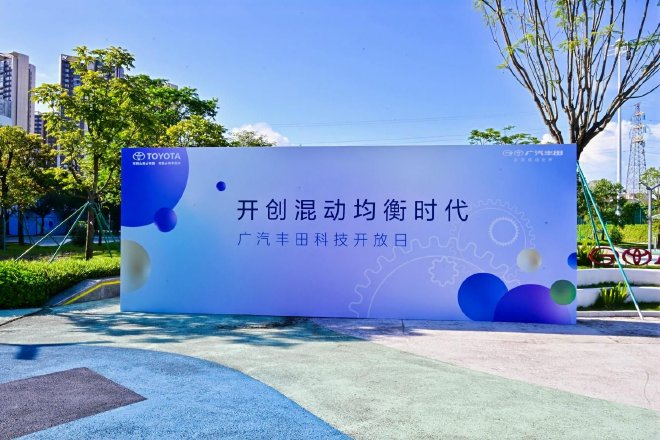
Fifth Generation Intelligent Electric Hybrid Dual Engine Currently, hybrid is the main trend of electrification, with major brands competing for technology leadership. Toyota’s intelligent electric hybrid dual engine is leading the way with three ultimate balances. The fifth generation intelligent electric hybrid dual engine has been gradually installed on GAC Toyota models.

The first major balance of the fifth-generation intelligent electric hybrid dual engine is the balance between oil and electricity. The intelligent electric hybrid dual engine uses a globally unique planetary gear structure to seamlessly connect the two power outputs without the need to switch. This native oil-electric balance structure is the biggest difference from other hybrids, bringing higher efficiency and smoothness. Compared to other hybrids, the underlying logic is different. At the press conference, GAC Toyota stated that other hybrids cannot achieve oil-electric balance, mostly using electricity at low speeds and oil at high speeds, unable to achieve long-term oil-electric drive, leading to a “separation” of oil and electricity. Toyota’s intelligent electric hybrid dual engine can achieve precise power distribution without the need for a clutch, intelligently allocating power, and seamlessly cooperating between oil and electricity. Therefore, the smoothness and reliability are better than plug-in hybrids that use a clutch.
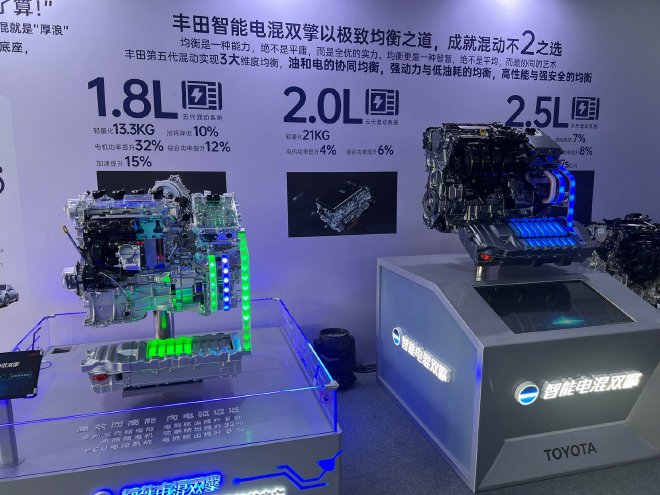
The second major balance of the fifth-generation intelligent electric-hybrid dual engine is the balance between strong power and low fuel consumption. The engine operates efficiently at various speeds, achieving an average fuel consumption of over 4 liters per 150 kilometers. At speeds above 120 kilometers per hour, the fuel consumption advantage becomes more apparent, with a 20% difference compared to similar plug-in hybrids. The actual fuel consumption of the intelligent electric-hybrid dual engine is lower than the nominal fuel consumption, with a difference of less than 10% in different driving conditions. The powerful engine of the ninth-generation Camry hybrid accelerates faster than similar plug-in hybrids, even at speeds above 120 kilometers per hour. This perfect balance between strong power and low fuel consumption is achieved thanks to the high thermal efficiency of the engine.

The third major balance is the balance between performance and safety. The fifth-generation intelligent electric-hybrid dual-engine uses a small battery with a capacity of only 1.12 degrees, a shallow charge and discharge battery management strategy, greatly improving battery safety, with no risk of spontaneous combustion, and far superior safety to plug-in hybrids. 26 million Toyota hybrid cars have had 0 fires, 0 explosions, and 0 leaks, with no faults in the hybrid system after taxis have driven 1.5 million kilometers. At the same time, thanks to the small battery and overall lightweight design, all Guangzhou Toyota hybrid models achieve excellent braking performance, with the best braking distance of only 33 meters, while some plug-in hybrid models with large batteries may have a braking distance of over 40 meters per 100 kilometers.
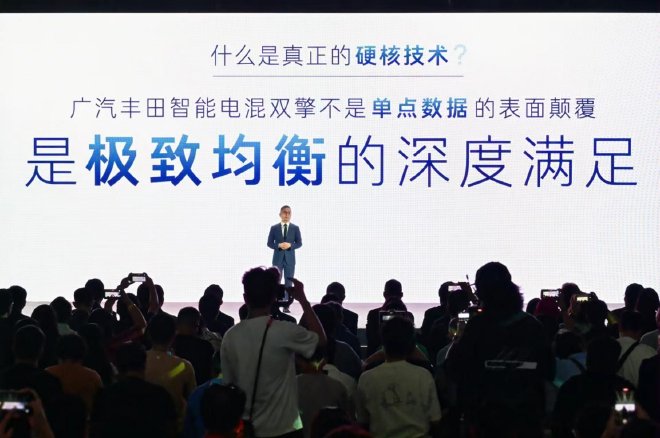
Overall, the intelligent hybrid powertrain achieves a comprehensive balance between theoretical parameters and actual performance. It does not simply rely on direct drive by the motor or engine, but pursues a balance of power between gasoline and electricity; it does not settle for extreme lab data, but aims to work efficiently under all conditions; it does not settle for exaggerated values under single conditions, but aims for sustained fuel efficiency in actual driving; it does not sacrifice safety for performance, but seeks a perfect balance between the two. As for the power battery, the solid-state battery has a timetable for being installed on the vehicle. At this Tech Day, Toyota announced the progress of the new generation of electrification technology, including performance lithium-ion batteries, popularization of lithium iron phosphate batteries, high-performance lithium-ion batteries, and solid-state batteries. These four new generation batteries will be gradually introduced to the market starting in 2026.

The next generation of batteries, the performance lithium battery, is expected to be launched in 2026 with a range of over 1000 kilometers and fast charging from 10% to 80% in just 20 minutes. The popular phosphate iron lithium battery is expected to be launched in 2026-2027, utilizing Toyota’s first HEV model’s nickel-hydrogen battery’s bipolar technology with high-quality phosphate iron lithium as the core material, offering a range of 600 kilometers and fast charging from 10% to 80% in less than 30 minutes. The high-performance lithium-ion battery is expected to be launched in 2027-2028, combining bipolar structure with lithium-ion chemistry and high-nickel cathode to further enhance performance, with a range of over 1000 kilometers and fast charging in less than 20 minutes.
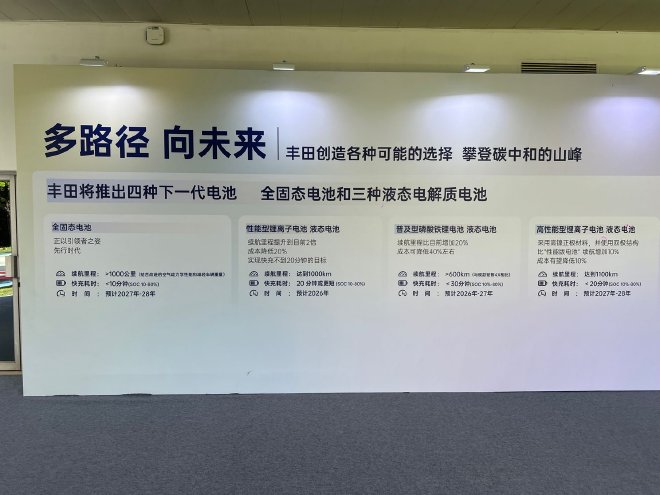
The most anticipated black technology is undoubtedly the all-solid-state battery, which is aiming to be launched in 2027-2028. This battery uses a solid-state electrolyte, allowing ions to move faster, with high pressure resistance and minimal temperature impact. With these features, the all-solid-state battery is suitable for fast charging and discharging, while overcoming the problem of battery life decay. Combined with aerodynamic improvements and lightweight design, vehicles equipped with solid-state batteries will achieve a range of over 1000 kilometers and can be fast-charged in just 10 minutes.
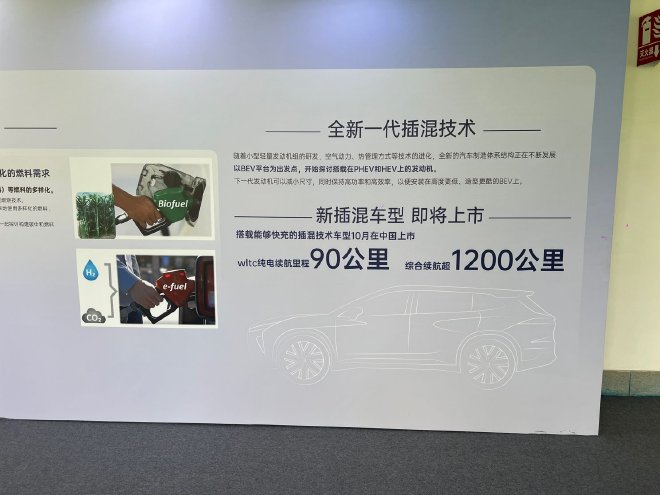
Toyota plans to launch 10 new electric vehicle models by 2026 and aims to achieve annual sales of 1.5 million electric vehicles by 2026. The next generation of electric vehicles will debut in 2026. The goal by 2030 is to sell 3.5 million electric vehicles, with the next generation accounting for 1.7 million. Toyota continues to advance its comprehensive electrification strategy, with HEV, PHEV, EV, and FCEV all progressing simultaneously. Plug-in hybrid models that support fast charging will be launched in China in October this year. Toyota is actively developing the next generation of engines more suitable for electrified models, which will be applied to PHEV and HEV models. The next generation engine will maintain high power and efficiency while achieving a more compact size and lower center of gravity, enabling more sporty vehicle design. By reducing vehicle driving resistance, maximizing the performance of the powertrain, engine, and electric units, further enhancing the range. GAC’s intelligent cockpit and intelligent driving circle The circle of traditional car companies is strong enough, with many partners that other car companies aspire to, such as tech giants Huawei and Tencent empowering the new intelligent cockpit, as well as advanced intelligent driving technology supported by Momenta and Pony.ai. With the continuous deepening of local R&D system and active integration of Chinese advantageous resources, GAC Toyota will rapidly advance the level of intelligent cockpit and intelligent driving technology, aiming to lead joint ventures comprehensively by 2025, closely following new forces; and entering the top tier of the industry by 2026 to 2027.
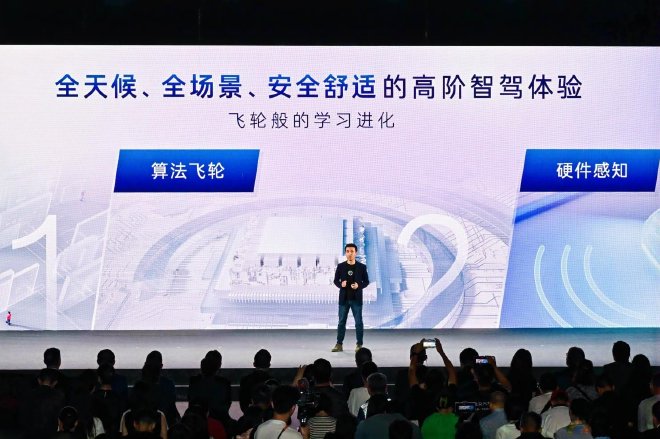
In terms of intelligent driving, GAC Toyota collaborates with the leading autonomous driving technology company Momenta to create the TOYOTA PILOT end-to-end advanced intelligent driving system, which will be first launched on the Platinum Intelligence 3X model. This advanced intelligent driving solution is based on data-driven AI technology, providing users with a safer and more reliable intelligent driving experience in all scenarios. On the hardware side, based on the NVIDIA 254tops computing platform, the vehicle is equipped with 11 ultra-high precision cameras, 5 millimeter-wave radars, 12 ultrasonic radars, and 1 lidar, providing 360-degree full-area perception and sufficient on-board computing power. On the algorithm side, based on Momenta’s data technology, it can autonomously learn and iterate quickly through massive production data feedback, continuously improving system performance limits through OTA updates. This system is equipped with Momenta’s most advanced algorithm 5.0, which analogizes end-to-end intelligent driving to human intelligence, enabling the car to “understand” the world, think like a human, and ultimately achieve a driving experience close to or even surpassing that of human drivers. This intelligent driving system will provide a full-scenario advanced intelligent driving experience covering parking, highway driving, and urban NOA, enabling the vehicle to “drive where there is a road, avoid obstacles, and park where there is a space”.
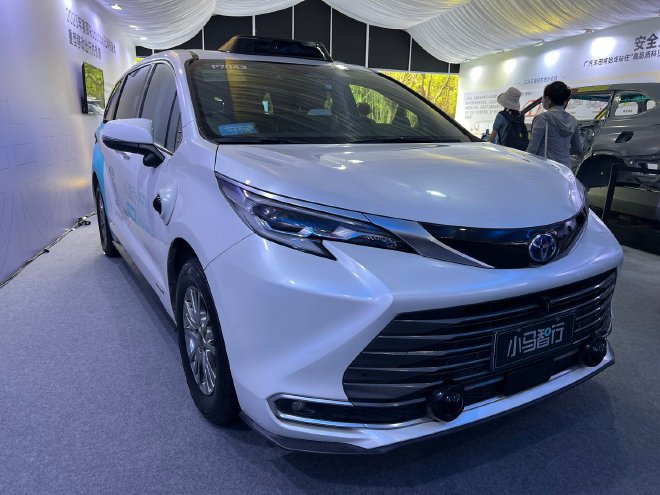
Guangqi Toyota and Pony.ai cooperate to launch L4 level autonomous taxi commercial operation, promoting large-scale production of advanced autonomous driving technology. The Senova all-autonomous Robotaxi equipped with Pony.ai’s autonomous driving system has been running accident-free for 1 year, accumulating rich autonomous driving experience. Recently, the joint venture company Zoyota Technology, jointly funded by Toyota China, Guangqi Toyota, and Pony.ai, has been officially established. The initial plan is to deploy a thousand units of the Platinum series L4 level Robotaxi in first-tier cities for large-scale operation. In the field of autonomous driving, Pony.ai is the first player to put Robotaxi into commercial operation, with leading technological strength and L4 level autonomous driving road test permits in several first-tier cities in China.

In terms of smart cabins, with the support of top technology giants such as Huawei and Tencent, the best global versions of vehicles are brought to Chinese users. The 9th generation of Camry, the 2024 edition of Sienna, and Highlander flagship models launched this year integrate Huawei AI voice assistant, Hi-link car-home interconnection ecosystem, and a variety of Tencent ecosystem services, achieving a significant advancement in intelligent experience.
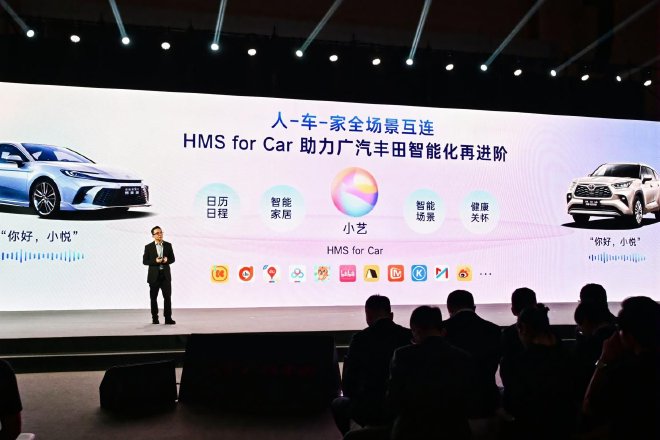
In 2025, GAC Toyota will cooperate more extensively with Huawei in the intelligent cockpit of the C-class pure electric car. The mid-size pure electric SUV, the Borui 3X, equipped with Momenta’s end-to-end advanced intelligent driving solution, has started road testing.
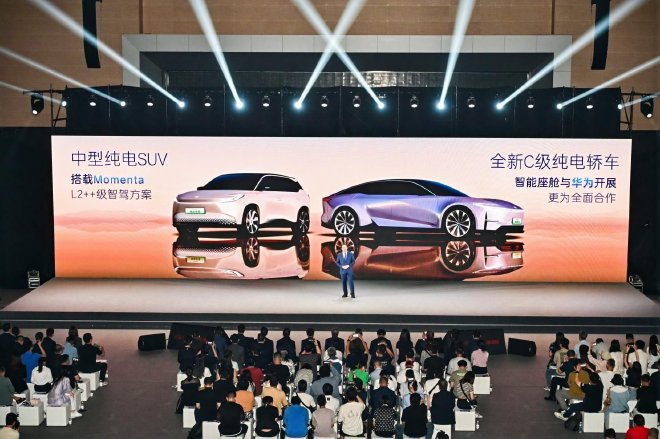
After 20 years of development, GAC Toyota has advanced from “Made in China” to “Designed in China”, with the ability to upgrade models for the Chinese market, strengthen annual product updates, and develop new joint venture vehicles locally. Each GAC Toyota model on the market now has a locally developed team deeply involved, providing the best solutions based on Chinese user needs.
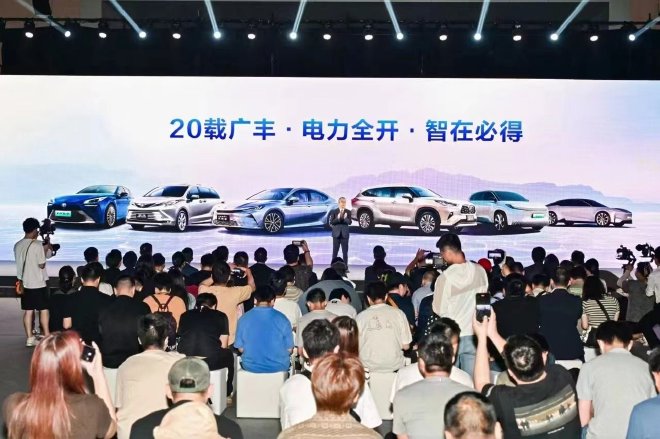
Jointly developed by Momenta, the end-to-end advanced intelligent driving system will debut in the Bo Yue 3X model and is expected to be launched next year. At the same time, collaborating with Pony.ai to carry out L4 level autonomous driving commercial operations, and the three flagship models empowered by Huawei and Tencent will become the mainstream models of joint venture automakers. This Tech Day fully demonstrates GAC Toyota’s deepening local research and development, integrating China’s technological resources, providing consumers with comprehensive technical support for products from technical capabilities to social circles. This is something many emerging brands cannot achieve.